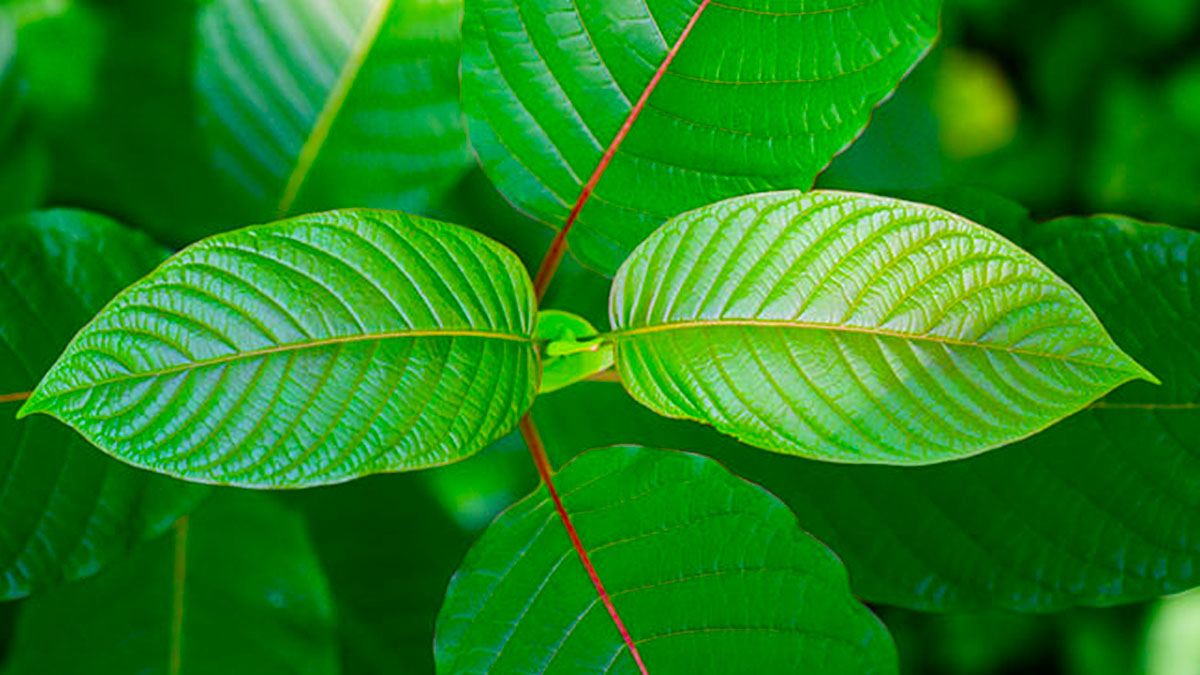
Many people ask the question "can you smoke kratom?" However, there are many health risks associated with smoking kratom. Those who smoke kratom may experience respiratory irritation, shortness of breath, and other physical effects. If you decide to try kratom, there are safer, more effective methods for consuming it.
One of the most popular ways to consume kratom is through its dried powder, which can be smoked or ingested. It's a relatively simple process, but it can cause some negative effects. To avoid adverse effects, you'll want to stick to the recommended dosage of a small quantity.
Some alkaloids in kratom break down in a pH-dependent manner. This means that your body will have to work hard to metabolize the product. For this reason, you may feel dizzy and fatigued after prolonged use. You should take a break from kratom if you experience any of these symptoms. You can check out a full kratom guide here: http://kratom.org/guides/.
Smoking kratom can cause lung damage, respiratory irritation, and shortness of breath. The Centers for Disease Control and Prevention has reported that smokers have a 12-to-13 times greater risk of dying from COPD than nonsmokers.
The long-term effects of smoking kratom are also unknown. Researchers haven't studied the effects of smoking kratom on other chronic respiratory conditions such as asthma and bronchitis. These conditions are often accompanied by coughing and shortness of breath.
Smoking kratom can also lead to overdosing. A standard dose of kratom requires several grams of powdered plant material. When it's smoked, it delivers the active compounds directly to the central nervous system. By doing so, it bypasses the digestive and respiratory systems. In addition, a lot of chemicals can enter the body, including carcinogens. There's also the risk of mixing kratom with other substances.
If you're looking for a safer way to get kratom, you'll need to find a vaporizer instead. Dry herb vaporizers are safer than cigarette smoke and can be used to consume kratom. They're also convenient. And, they're much easier to pack for travel.
If you're trying to lose weight, you should keep your intake of kratom low. Track your calorie consumption and adjust your dose if you're experiencing dizziness or nauseousness. Also, make sure you exercise regularly in order to burn calories.
Although smoking kratom can provide you with a few benefits, it's not a great option for those with respiratory illnesses or those who wish to avoid these potential side effects. That said, some people continue to smoke kratom for ritual or for novelty.
Because the alkaloids in kratom are heat sensitive, it's important to choose a vaporizer that uses an electronic heating system. As with any substance, the risk of burning a plant can increase. Fortunately, most kratom alkaloids have a melting point of 92-95 degrees celsius.
While there are some positive aspects to consuming kratom by smoking, it can be difficult and inconvenient to do so. The main downside to smoking kratom is that it can lead to overdosing and a host of other negative physical and psychological effects.